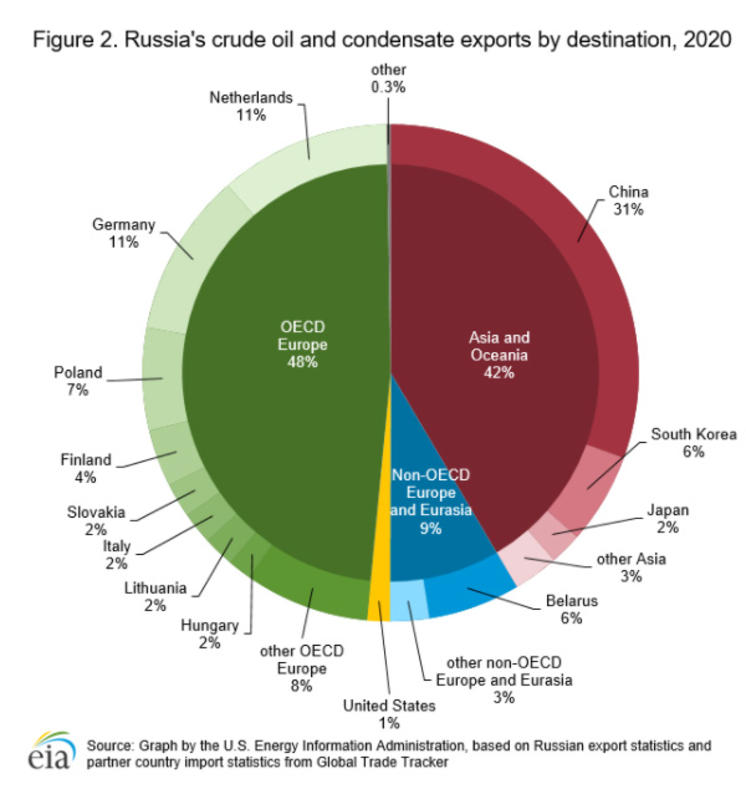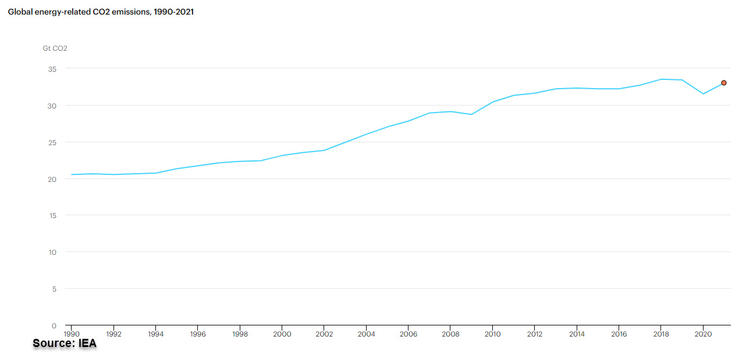The Russian assault on Ukraine is particularly shocking given the terrifying human cost it has caused since its outset, notably in terms of millions of refugees and civilian and military casualties. In the space of just a few weeks, this situation of war in Europe, unseen since 1945, has overturned world order and stability. It has upended international relations, but also called economic fundamentals into question regarding the supply of fossil fuels and raw materials necessary for our economy, comfort and food. The war will also impact the climate and the course of the current energy transition, with negative repercussions in the short term but hopefully more positive ones in the long term.
Sustainable and Responsible Investing
The war in Ukraine and its consequences on energy transition




